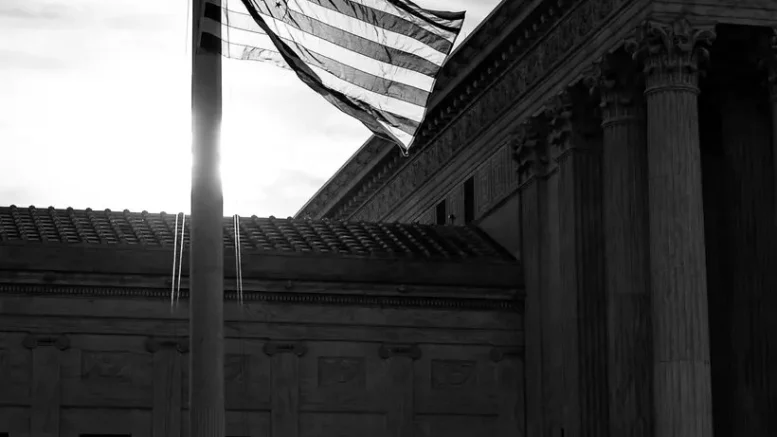As of Monday, March 4, 2024, Section 3 of the 14th Amendment of the Constitution finds itself in a state of dormancy, particularly concerning candidates vying for federal office. This situation stems from a significant ruling by the U.S. Supreme Court, which overturned the decision of the Colorado Supreme Court to remove Donald Trump from the state’s primary ballot. Essentially, the ruling implies that even individuals previously engaged in insurrection, including those who violated their oath of office, can pursue federal positions unless Congress intervenes with specific legislation to enforce Section 3.
Prior to the Supreme Court’s decision, legal experts anticipated the unlikelihood of Section 3 being applied to Trump. During the oral argument phase, the justices exhibited reluctance to support the Colorado court’s decision, with only Justice Sonia Sotomayor showing signs of potential dissent. The anticipation focused on the nature of the court’s rationale, whether it would be narrow or broad in its scope.
A narrow ruling might have revolved around procedural inadequacies in Colorado’s determination or the contention that Trump, as president, did not fall under the category of “officer of the United States” as outlined in the section. Such a ruling would have preserved Section 3’s relevance in preventing insurrectionists from occupying federal offices. Conversely, a broader ruling could have limited Section 3’s application to historical contexts akin to the Civil War, contradicting the section’s original intent. Notably, the court’s decision didn’t absolve Trump from involvement in insurrection, although it avoided the aforementioned paths.
Instead of choosing either of these options, the court opted for what could be considered the broadest interpretation, asserting that Section 3 lacks inherent enforcement power and relies on congressional action. This argument derives from Section 5 of the amendment, granting Congress the authority to enforce its provisions through legislation.
However, this interpretation diverges from the self-executing nature of other sections of the amendment, as highlighted by Justices Elena Kagan, Sotomayor, and Ketanji Brown Jackson. They emphasized that while Congress could pass legislation to aid in enforcing the 14th Amendment, such legislation wasn’t mandatory, and the amendment still bound all levels of government regardless of congressional action.
This divergence is particularly stark in the case of Section 3, which necessitates federal legislation for its enforcement, especially concerning federal office candidates. Thus, Congress’s inaction alone could effectively nullify part of the 14th Amendment.
The ruling’s inconsistency with the text of Section 3 is evident, as the language imposes a clear mandate that only a supermajority vote by Congress can remove the disability it imposes. However, the court’s interpretation essentially reverses this, asserting that Congress merely has the option to impose the disability, and if it doesn’t act, the disability doesn’t apply. This effectively lowers the bar for insurrectionists to enter federal office from a supermajority vote to congressional inaction.
The implications of the court’s ruling are far-reaching, surpassing even the Senate’s decision to acquit Trump following his 2021 impeachment trial. While impeachment is a political process with no direct bearing on future proceedings, a Supreme Court ruling establishes powerful precedent as the law of the land.
Ideally, Congress would intervene by passing legislation that outlines clear procedures for resolving Section 3 disputes, including burden of proof and deadlines for challenges. However, the absence of congressional action shouldn’t erase Section 3 from constitutional consideration entirely. While chaotic enforcement isn’t optimal, it remains preferable to non-enforcement, preserving the integrity of the Constitution.

